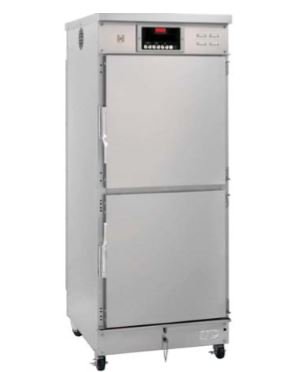Project Info
COMPLETE
 Project Title
Project Title
 Project Title
Project Title
Rethermalizer Standard Development
Project Number ET14SCE7010 Organization SCE End-use Process Loads Sector Commercial Project Year(s) 2014 - 2016Description
This project will provide technical support in the development of a standard test method to rate the performance and energy consumption of commercial rethermalizer ovens. Testing support will encompass sensitivity testing for different food products and cooking procedures based on stakeholder feedback and verification of the final test procedure on up to five different models of electric rethermalizer ovens. Results will be recorded in a central appliance performance database.
Project Report Document
Loading PDF Preview...
